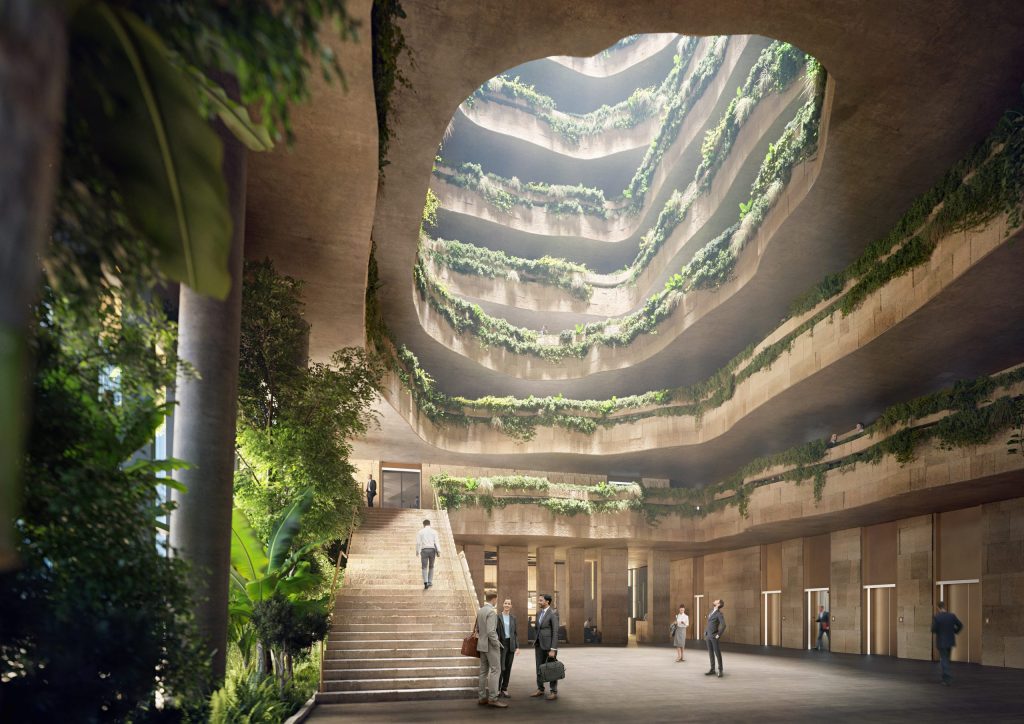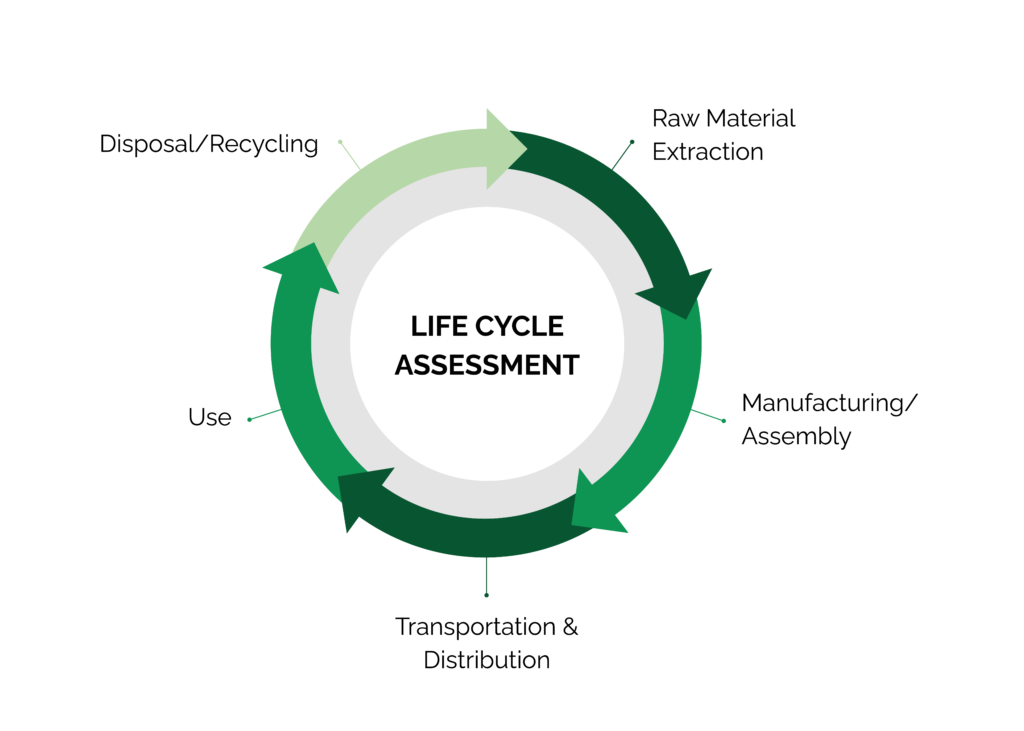
CIRCULAR ECONOMY
The circular economy, which rejects the use of virgin raw materials and places an emphasis on the resource cycle, reuse, repair, remanufacturing, and recycling of materials and products, exists as a solution to this problem.
GREEN ECONOMY
The green economy is resource-efficient, eliminates environmental risks, and enhances human welfare and social quality. This form of economics incorporates the social component with ecosystem preservation.
There are 4 operational principles
- Our impact on nature systems musn’t exceed the carrying capacity of nature.
- The use of renewable resources musn’t exceed their rate of regeneneration.
- The use of non-renewable resources must be compensated by the production of renewable resources, which will eventually have to replace them.
- The emission into the enviroment musn’t exceed the absorptive capacity of the receivers
The LYFE CYCLE ANALYSIS studies the enviromental impact of the products from their production to their dismantling
For that reason these are the points that are studied:
- The extraction of the raw materials necessary for its production.
- The manufacturing process.
- The transport.
- Their implementation and use.
- Their end-of-life.

The ECOLOGYCAL FOOTPRINT studies the amount of territory needed to generate the biological resources consumed and to absorb the waste that an activity needs and produces .
Healthy buildings
There’s a connection between human biiology and the enviroment, so the buildings must allow a correct evapotranspiration.
The relation with the nature influences positively on the superior nervous functions, determining sensations of well-being.contribute to determine in this spaces a resting or excititng effect that facilitates the recovery of both physical and intellectual energies.
Climate-human being
The human being is a thermal machine that transforms chemical energy
into mechanical energy with great heat dispersion due to its metabolism.
the main elements of the climate enviroment that influence human comfort are:
- The temperature of the air
- The radiation, thermal emission
- The movement of the air
- The relative humidity
Sustainable design
In addition to the enviromental problems, the great industrial development has led to the loss of the skills and known-how accumulated over centuries.

For example the bio-architecture, the minimize the negative impacts of constructions both on the health of the habbitants and on the enviroment.
Characteristics:
- attention to insulation and thermal inertia
- passive installations
- water saving and recovery
- healthy materials
- acoustic and sunlight control
- natural lighting and ventilation
- open spaces.
So now we well se some constructive solutions
- Hindering direct solar irradiation through windows
- Adequate orientation of the buildings
- Type of building favouring natural cross-ventilation
- The use of clear finishes to promote maximum reflection
- Thermal inertia of the building
Let’s not be fooled
Biomorphism is often used as the most consistent project option with bioarchitecture but this doesn’t guarentee a bio essence.
The globalization of sustainable constructive solutions, which are implemented arbitrarily in many situations, disregards cultural considerations, local resources, and the unique environmental circumstances of each place.
The use of natural materials for decorative purposes does not imply that a building is sustainable, and lowering energy costs while a building is being constructed or for a little period of time only indicates that a building is temporarily sustainable.
The word «RECYCLED» has now become a synonim of sustainability of a building when in reality is more important to consider other options before recycling such as repair, rehabilitation, recovery or re-use.